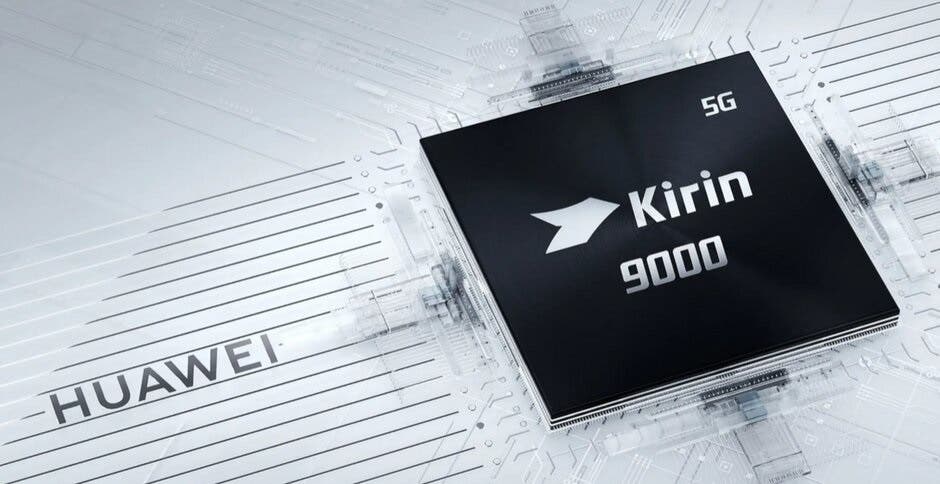Despite the numerous ban from the U.S. on Huawei, the company is trying to forge ahead. So far, the effect of the ban has not been disastrous. However, it appears that we are yet to see the worse period of this ban on Huawei. According to the company, the Kirin 9000 SoC will be its last flagship chip. Some people may wonder why Huawei can not produce chips because of the U.S. ban. Like most companies, Huawei only does chip design and not chip manufacturing. In fact, only Samsung does both chip design and manufacturing. The likes of Qualcomm, MediaTek and a host of others do only chip design like Huawei.

Most of these companies sublet the chip manufacturing to TSMC, the most advanced chipmaker in the world. However, TSMC uses a lot of American technology in its manufacturing process. The U.S. ban stops TSMC from using those technologies for Huawei. This is exactly why the Kirin chip can not continue without the U.S. approval.
Huawei to build a 20nm factory
The Chinese manufacturer has alternatives for entry-level and perhaps mid-range chips. However, for flagship chips, there is no alternative. According to the Financial Times, Huawei is planning to build a chip factory in Shanghai that does not use American technology. According to insiders, the manufacturing plant is expected to start manufacturing low-end 45nm chips. The A4 chip on the iPhone 4 (2010) uses a 45nm process.
According to reports, Huawei’s goal is to manufacture 28-nanometer chips for “Internet of Things” equipment by the end of 2021, and 20-nanometer chips for 5G telecom equipment by the end of 2022. According to the report, Huawei has no experience in manufacturing chips, and the plant will be operated by Shanghai Integrated Circuit Research and Development Center Co., Ltd. (ICRD) supported by the Shanghai Municipal Government.
Since mid-September, TSMC has been unable to ship the cutting-edge 5-nanometer Kirin 9000 chipset to Huawei. According to reports, in the order of 15 million Kirin 9000 chips, the company can only get 8.8 million units.
Huawei has tried to circumvent US export rules, but China’s largest foundry, Semiconductor Manufacturing International Co., Ltd. (SMIC), is currently the most advanced process node that can be used to produce chips at 14 nanometers. The new 5-nanometer process packs 171.3 million transistors into an area of one square millimeter; in comparison, the number of transistors per square millimeter in a chip using the 14-nanometer process node is 43 million.






Huawei will be the biggest smart phone producer in 2023.